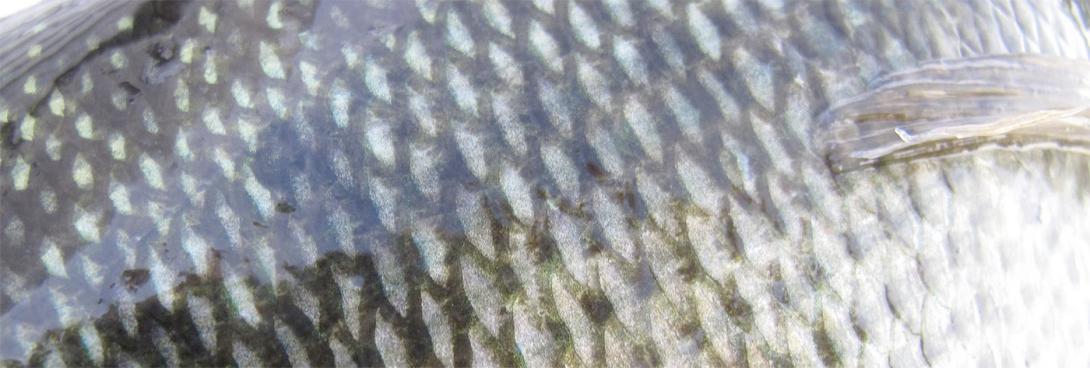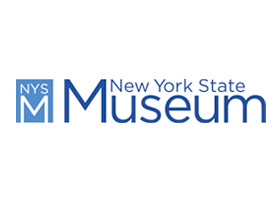
 The New York State Museum (NYSM) is the repository for over 1,300,000 specimens of freshwater and marine fish. The NYSM fish collection is housed at the Biological Survey Laboratory at the Rensselaer Technology Park. Specimens in the collection are from nearly 17,000 different collecting localities, and the collection houses fish specimens from about 20 countries and all seven continents.
The New York State Museum (NYSM) is the repository for over 1,300,000 specimens of freshwater and marine fish. The NYSM fish collection is housed at the Biological Survey Laboratory at the Rensselaer Technology Park. Specimens in the collection are from nearly 17,000 different collecting localities, and the collection houses fish specimens from about 20 countries and all seven continents.
The NYSM fish collection is an active regional depository that has increased in number of lots by approximately 30% in the last 10 years, and continues to grow by accepting orphaned collections and voucher specimens from studies conducted by researchers in the Northeast. Although the focus of the collection is regional, specimens continue to be added to the collection from all parts of the world.
An important aspect of the collection is that it documents the historic distribution of fishes in the Northeast, and primarily New York, because it includes lots from synoptic surveys conducted in the 1890s, 1920-30s, 1950s, and from the 1970s to the present. The collection also holds extensive field notes associated with each of these surveys.
The oldest fish in the collection, a specimen of Amblyopsis spelaea collected in 1843, is one of nearly 300 lots that survive from the nineteenth century. Fish specimens from a survey of Long Island conducted by T. H. Bean in the 1890s and specimens associated with Bean's 1902 publication on New York fishes remain in the collection. In the collection are fishes from a second, smaller Long Island survey conducted by G.G. Scott in the early 1900s. Many specimens from the New York State watershed surveys of 1926-39 are also housed in the collection, as well as larval fish studied by M. P. Fish in the 1920s. This is a particularly important component of the collection because it is the result of the only statewide fish survey conducted in the state.